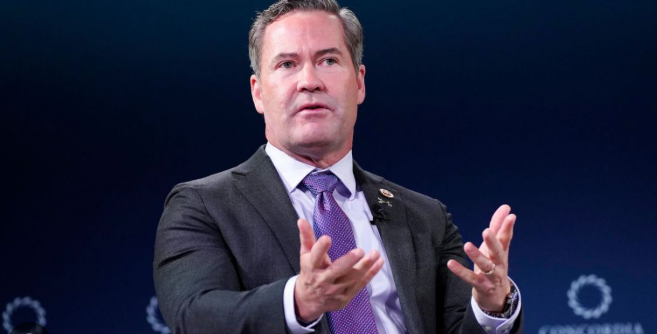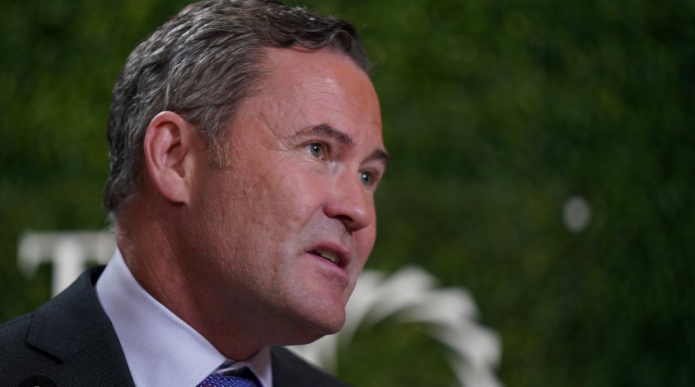Authorities say the one-week festive period is marred by an increase in crashes, deaths and injuries as Thais travel to visit friends and family.
Efforts to crack down on the causes of those crashes — drunk driving, corrupt cops and general weak enforcement of traffic laws — have so far proved ineffective. Between December 27 and January 2, a total of 463 people died in 3,791 traffic accidents, pretty much on par with last year’s 423 deaths, according to the country’s Department of Disaster Prevention and Mitigation.
The World Health Organization estimated 22,941 people die each year in traffic-related incidents in Thailand, making its roads the deadliest in Southeast Asia.
That’s an average of 62 deaths every day, according to the WHO’s 2018 report on global road safety — just slightly fewer than the average deaths over the New Year period of 66 per day.
The vast majority of those deaths — 73% — are riders of motorcycles, which have exploded in numbers over the past few decades to become the most popular form of transport for most households in the country.
Lack of enforcement
One of the biggest obstacles to safer roads is poor enforcement of traffic rules. The Interior Ministry’s Road Safety Thailand unit said the majority of deaths during this New Year period (41.5%) were caused by drunk driving and 28% by speeding.
The northern province of Chiang Mai, which reported the second largest number of incidents this New Year period, with 16 deaths, is a case in point.
In recent years the number of police traffic stops around the provincial capital of the same name has increased and there are more signs ordering motorcyclists to wear helmets.
But in many areas of the city it seems the traffic stops are more about making money than road safety. It is common to see drivers in Chiang Mai being stopped by police for failing to produce a driving license or wear a helmet, only to jump back on their bikes and drive away once they’ve paid a “fine”.
Nikorn Jumnong, former Deputy Transport Minister and Chairman of the People’s Safety Foundation, told CNN that if road safety is to be improved, this kind of corruption needs to stop.
“That is one of our main problems, and it is a two-way problem. Corrupt law enforcers see loopholes (in the law) and the commuters are not following the law too,” he said.
Nationwide, just over half of motorcycle drivers wear a helmet and a mere 20% of pillion passengers, and only 58% of car drivers wear seatbelts, according to the WHO report.
While those figures are an improvement on a decade ago, the WHO estimated that if everyone wore a helmet it could prevent 40% of deaths.
In addition to the failure to wear helmets and seatbelts, speeding, drunk driving, and a lack of restraints for children are among the biggest risks to road safety.
“We need to change the DNA (of the country) and our instinct to follow the laws,” Nikorn said. “Education on law enforcement is the key. We have so many laws and I think they are good and more than enough. But it is all about enforcement.”
Thailand is making some progress. The number of road deaths has decreased from 36.2 per 100,000 people in 2015 to 32.7 out of every 100,000 in the WHO’s latest report.
A ‘pandemic’
Thailand is not the only nation struggling to make its roads safer. The risk of a road traffic death is three times higher in poorer countries than in more affluent nations.
In Vietnam, 111 people died in 147 accidents during the four days between December 29 and January 1, traffic police said, according to local media.
Worldwide, road accidents have been labeled a “pandemic” by the Pulitzer Center and are the eighth leading cause of death for people of all ages, ahead of HIV/AIDS and tuberculosis, recent WHO figures show — with 1.35 million people globally dying on the roads in 2016.
“Road safety is an issue that does not receive anywhere near the attention it deserves — and it really is one of our great opportunities to save lives around the world,” Michael R Bloomberg, Founder and CEO of Bloomberg Philanthropies and WHO Global Ambassador for Noncommunicable Diseases and Injuries, said in a statement.
“We know which interventions work. Strong policies and enforcement, smart road design, and powerful public awareness campaigns can save millions of lives over the coming decades.”
The WHO report points out that progress has been made in certain areas, such as legislation. But it has not been fast enough to meet the UN goal of halving road traffic deaths between 2016 and 2020.








Leave a Reply